
What is Ultracycling?
If you are looking for information about ultracycling, then this page will be helpful to you. Ultracycling is a cycling discipline that involves covering ultra-long distances on a bicycle. Unlike ultra running or ultra triathlon, there is no definition for the length of the course. Well-known ultracycling competitions such as the Race Across America have a route length of around 5,000 kilometers.
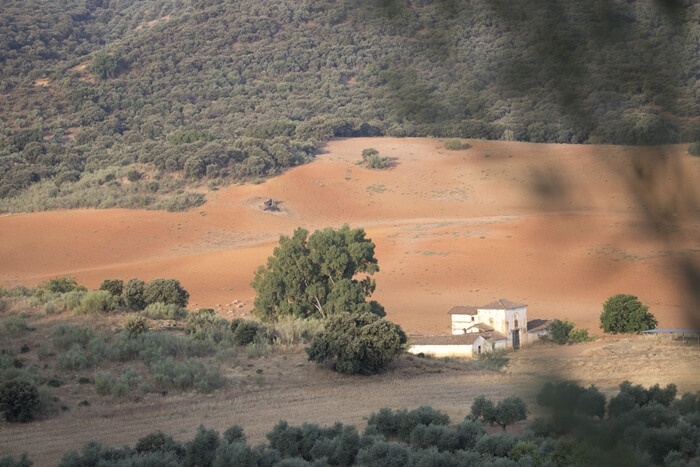
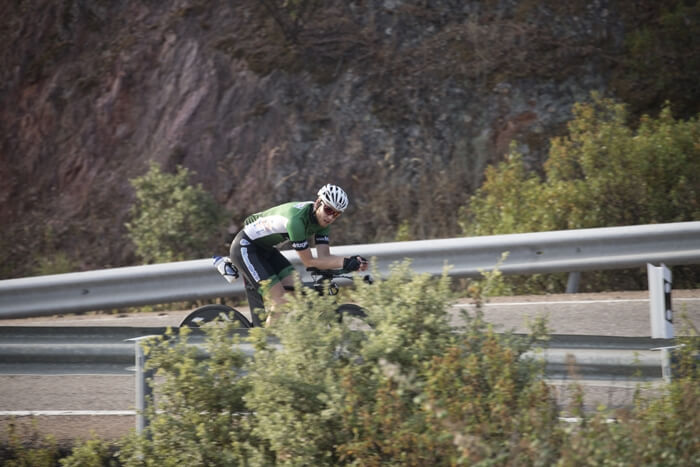
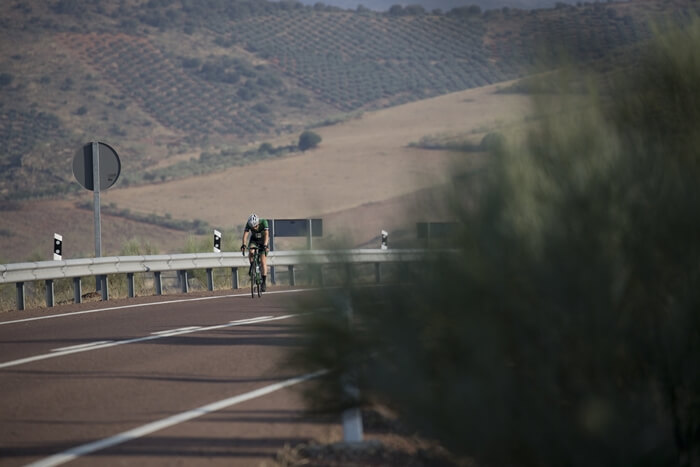

Description of Ultracycling
There is no set definition for the word ultracycling. Generally speaking, this is a cycling discipline in which particularly long distances are covered on a bicycle without being divided into stages. Unlike large cycling tours (such as the Tour de France), in ultracycling the distance between start and finish is covered in just one large stage, whereby the overall length of the route is not reduced, but rather the opposite is the case .
Ultra-long routes
There is no exact definition as to when a route can be called “ultralong”. Just like in other cycling disciplines, there are longer and shorter distances - but races with a length of 500 kilometers require a completely different approach than races over 5,000 kilometers. Depending on the event, the start in ultracycling takes place either as an individual start or as a mass start. Driving in the slipstream is prohibited in many races, but there are exceptions here too. Once a race has started, time continues uninterrupted until the finish is reached. Only so-called 'time stations' mark points on the route at which virtual split times are taken without, however, interrupting the race.
Procedure
Ultracycling competitions are difficult to compare because the events often differ greatly in rules and route. What the competitions basically have in common is that each athlete can determine their own speed, the number and duration of breaks, the supply tactics or the amount of sleep. As a rule, there is a set time limit in which the goal must be achieved: For most participants, it is a big challenge to even reach the goal in this given time. Some events exclude a competition completely by foregoing official result lists, other events are held as races in the competition. The races usually take place on public roads and not on closed routes.
With support
In so-called "supported" competitions, the athletes are accompanied by a support vehicle in which a multi-person (self-organized) support team ensures that standing times are kept to a minimum and to provide the athletes with food and clothing. Depending on the strategy, the support team takes on additional tasks, such as navigation or making race strategy decisions. Supported competitions are often held in parallel in solo and team categories: solo athletes ride the entire route alone - in a team, several athletes share the route as a relay. The most important race in this area is the Race Across America (RAAM).
Without support
In “Nonsupported” competitions the athletes are on their own. Depending on the competition, accepting outside support is frowned upon or even prohibited by the rules. The events without support include the so-called “Brevets”, which, with events like Paris-Brest-Paris, are the events with the highest number of participants in ultracycling with over 6,000 participants. These events are not about competing with others. This is achieved by foregoing official result lists and applying a minimum time limit in addition to a maximum time limit. Furthermore, many races have been established in this area in recent years, some of which have no routes at all, just checkpoints that have to be reached.

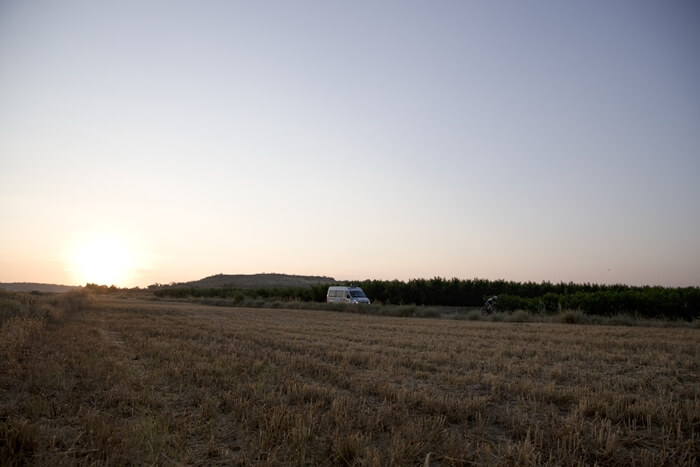
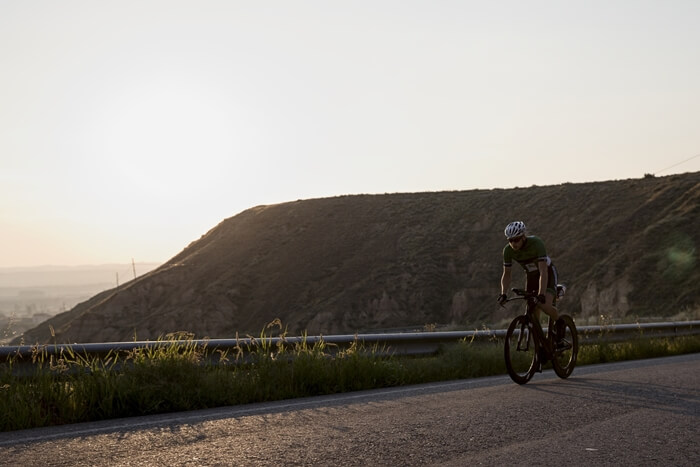
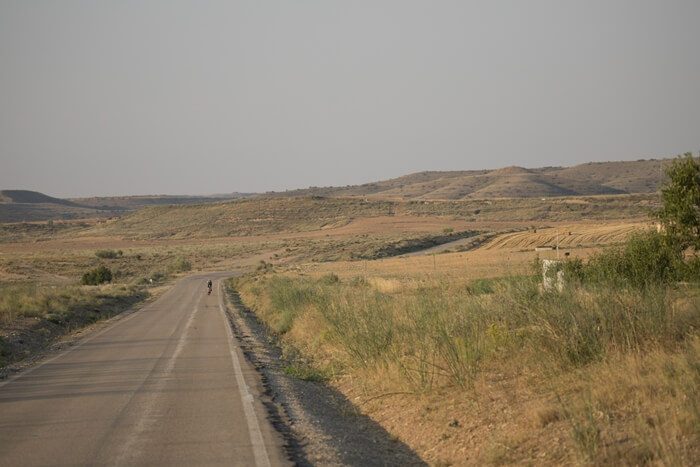


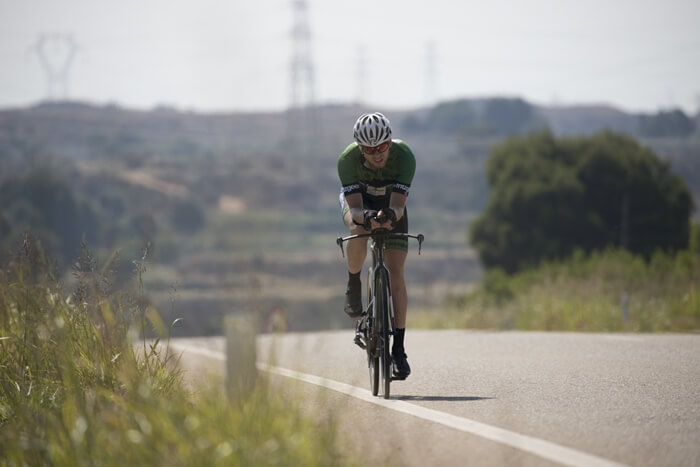
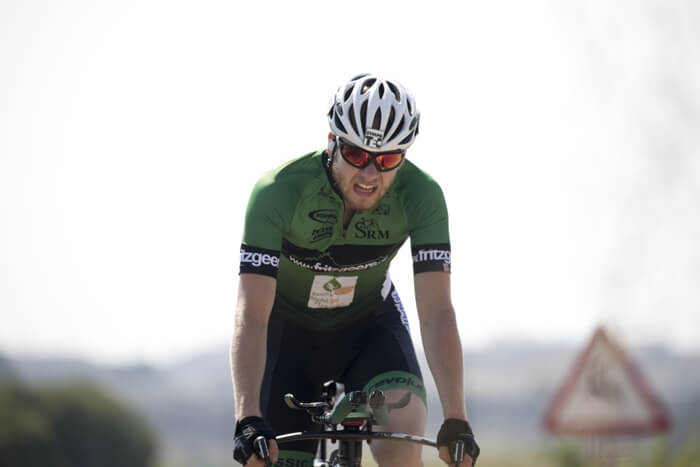

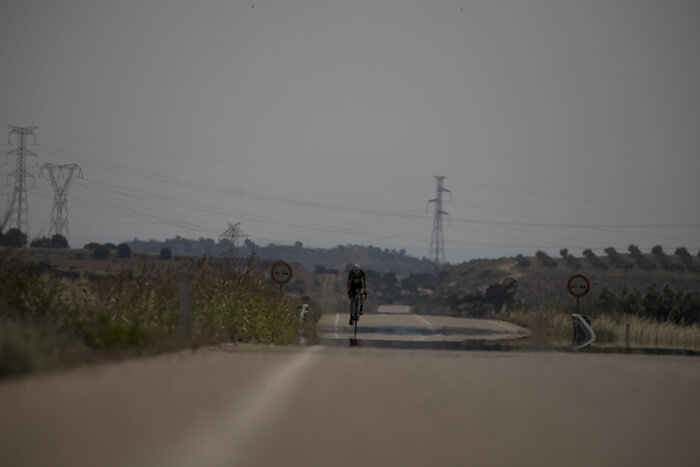
Events
Many ultracycling races are officially announced by the WUCA (World Ultra Cycling Association). The Audax Club Parisien is also a French cycling club that manages brevet events around the world. There are also many other events that are not advertised by an official association but are still very important in the scene. The following list gives a brief insight into some well-known ultracycling races and certifications, without following any particular sorting or categorization.
≈ 5,000 kmRace Across America
RAAM is advertised as the toughest cycling race in the world and has had a very high status among cyclists in various disciplines since 1982, as well as the highest status in ultracycling. The supported race runs across the USA from the West to the East Coast.
≈ 4,000 kmTranscontinental Race
TCR is an important unsupported ultra cycle race through Europe in which the route planning must also be organized by the participants themselves. Some of the checkpoints are located in the highest and most remote regions of Europe.
≈ 1,200 kmParis-Brest-Paris
PBP is a historic Brevet (Unsupported) with participants from all over the world in France, which takes place every four years. The route leads from Paris to the Atlantic and back, with a maximum time limit of 90 hours.
≈ 1,400 kmLondon–Edinburgh–London
LEL is considered the British counterpart to Paris–Brest–Paris (PBP) and also takes place every four years, two years offset from PBP. The Brevet (Unsupported) has a time limit of 116 hours.
≈ 540 kmStyrkeprøven
"The Great Test of Strength" is a cycling marathon in Norway with a large number of participants, which is held annually at the summer solstice and is dominated by large teams. The distance record on the route from Trondheim to Oslo is below the 13 hour mark.
≈ 1,100 kmRace Across Germany
The RAG consists of two family supported and nonsupported events with start in Flensburg and finish in Garmisch-Partenkirchen, as well as start in Aachen and finish in Görlitz on the shorter route. It is the most important ultracycling event in Germany.
≈ 2,200 kmRace Around Austria
The RAA is a supported ultra cycling race around Austria that runs along the Austrian borders and involves a lot of elevation gain. The race is also held over longer (shorter) distances and in different rating categories.
≈ 2,100 kmRace Around Ireland
The RAI is a supported ultra cycling race around Ireland, which goes along the coastline around the island and has a lot of short and steep climbs, as well as small narrow ones contains streets. Although the route runs on asphalt roads, it is particularly demanding.
≈ 775 kmRace Across Italy
The Race Across Italy is a two-day event with supported and nonsupported categories that has been held annually in Italy at the end of April or beginning of May since 2013. The route runs as a circular route right through Italy.
≈ 3,300 kmRace Around Germany
The Race Around Germany (Supported and Nonsupported) is a permanent individual time trial with a freely selectable date and a freely selectable starting location on a predetermined route along Germany's external borders. It is the longest ultracycling route in Germany.
≈ 3,600 kmRace Around Poland
The Race Around Poland is the longest ultra cycling race in Poland, which goes along the external borders around the country and is also held over shorter distances.
≈ 4,400 kmTour Divide
The Tour Divide is an unsupported mountain bike race along the Continental Divide from Canada to Mexico on the Great Divide Mountain Bike Route. The route passes through some of the most remote and wild regions in North America.
≈ 550 kmRace Across the Alps
The RATA is advertised as the toughest one-day cycling race in the world and takes place over various passes in Austria, Italy and Switzerland. There are around 14,500 meters of elevation gain between start and finish, including twice crossing the Stelvio, the highest asphalted road in Europe.
≈ 4,000 kmNorthCape 4000
The NorthCape 4000 is a nonsupported ultra cycling race from northern Italy to the North Cape in Norway. The route passes through 7 countries and different climate zones, which requires drivers to be highly adaptable.
≈ 2,000 kmSilk Road Mountain Race
The Silk Road Mountain Race is an unsupported bikepacking race through the rugged and remote mountains of Kyrgyzstan. The route leads over high mountain passes and extreme terrain, often far away from any civilization.
≈ 4,700 kmRace Across Europe
The RAE is a supported ultra cycling race that runs from northern France via Germany, Austria, Slovenia, Italy, southern France and Spain to Gibraltar.
≈ 6,800 kmTrans Am Bike Race
The TABR is an unsupported endurance race across the USA along the TransAmerica Bicycle Trail. The route runs from the west to the east coast.
≈ 1,500 kmRace Across the West
The RAW is a supported ultra-distance race from California to Colorado and is run parallel to the RAAM as a shorter version. The route takes in some of the most spectacular landscapes of the American West.
≈ 2,500 kmThree Peaks Bike Race
The Three Peaks Bike Race is an unsupported ultra cycling race that uses three high mountain passes in Europe as checkpoints and starts in Vienna. The participants are free to choose the route between the checkpoints.
Ultracycling book
If you would like to leaf through a book the way a team navigates the Race Across America, then this book is for you.
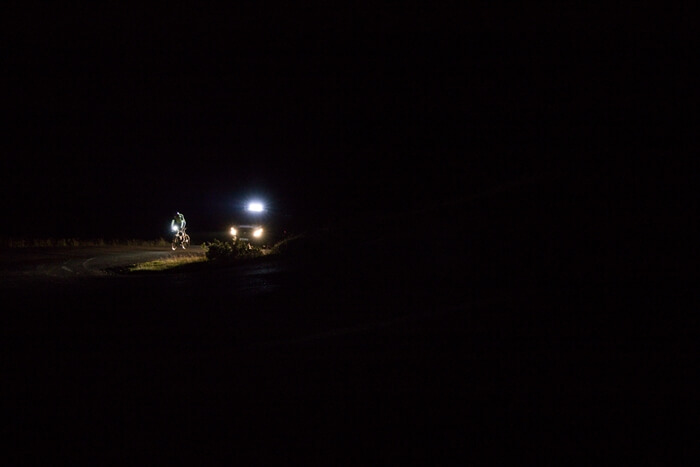
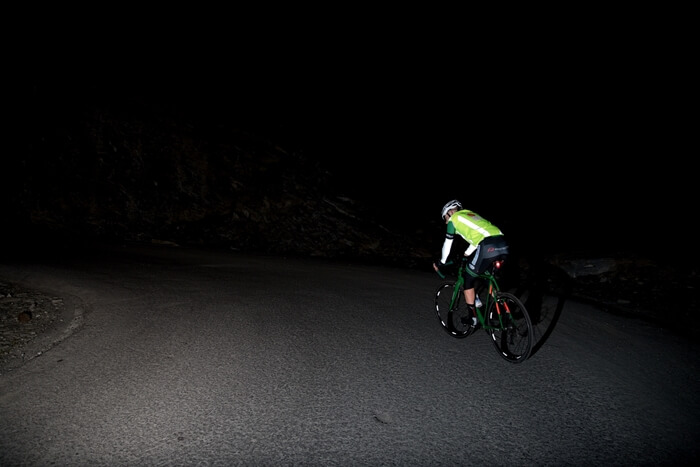
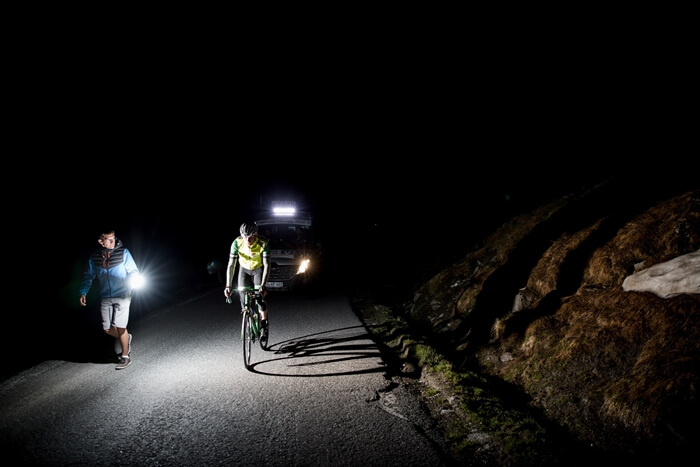

Challenges in ultracycling
Preparing for an ultracycling race not only requires a lot of training, but also organizational skills. While in most sports you simply stand at the start, putting together a strong team, organizing the logistics and financing the projects is a big challenge, especially in supported competitions in ultracycling. Suitable support vehicles must be found, requirements from the rules of the respective race must be met and travel planning for the entire support team must be thought through.
Natural circumstances
Ultracycling races often cross or circumnavigate entire countries or continents. During the race, several climate zones are sometimes crossed and the athletes have to contend with the heat during the day and the cold at night, as well as strong temperature differences. There are days when it feels like it's just straight ahead for hundreds of kilometers and there are other days when one climb follows the next and there's no end in sight. Bad roads, heavy traffic and unpredictable weather can pose additional challenges. The route may change during the race due to construction sites or flooding, making navigation difficult.
Lack of sleep
For many athletes, the enormous lack of sleep in ultracycling is the biggest challenge. A lack of sleep often leads to hallucinations, sensory illusions or loss of orientation. If you sleep, you can lose a lot of time and the top drivers in particular can only afford few sleep breaks in highly competitive races. The lack of sleep also poses major challenges for the support teams because they often have to be much fitter than the athletes and hardly find any opportunities to get proper rest.
Mental exhaustion
Mental strength plays a similarly important role in ultracycling as physical fitness. Defects, improvisation and physical problems can cause mental exhaustion. In addition, there is usually no shower or a decent toilet during the race. During difficult phases in the race, the athletes are required to have good strategies, tactics and the necessary stamina.
Nutrition
Due to the strong physical stress, the body has a high energy requirement during ultracycling, which must somehow be covered through nutrition. While in the nonsupported category it is more about ensuring a functioning nutritional intake, in the supported category with the right approach, performance improvements can be achieved through targeted nutrition.
Preparation
The greatest leverage in ultracycling is good preparation - but at the same time good preparation is also a big challenge. Although there are many paths and options that lead to your goal, there are also a lot of small details to consider when it comes to ultracycling that can stop you or cause you to stop. Preparation therefore probably plays one of the biggest roles in ultracycling, even if the focus is usually only on the race.
Ultracycling workshop
If you are interested in trying out ultracycling yourself or would like to improve yourself and are looking for an open exchange, then the ultracycling workshop makes sense for you.
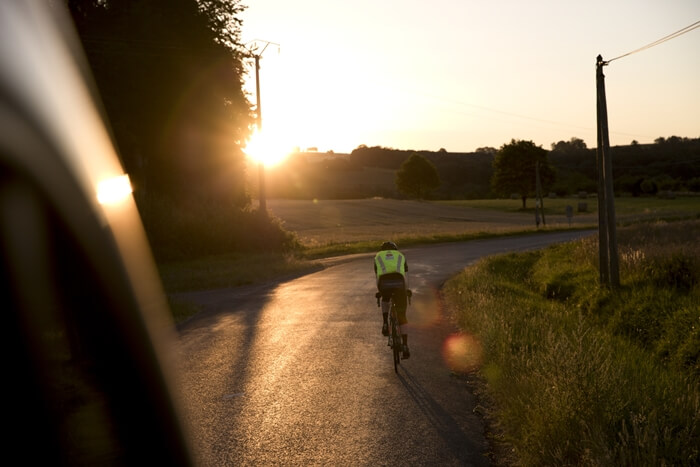
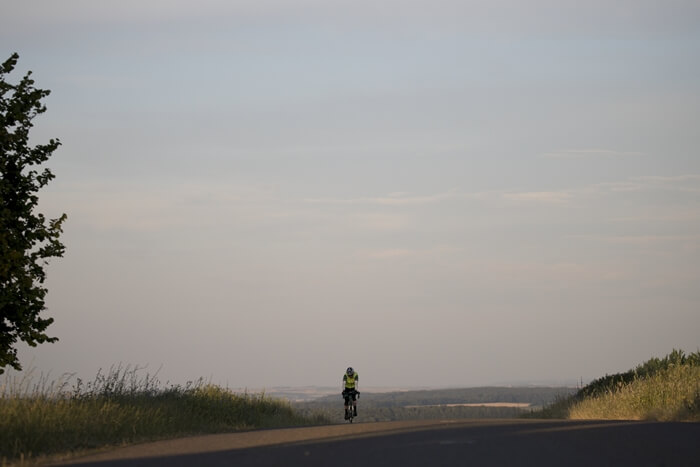

Question of meaning in ultracycling
When it comes to the question of the meaning of ultracycling, you notice that the question of why is usually asked by people who have never tried ultracycling themselves have. For some people, ultracycling is about pushing their own limits, while for others it is about realizing their life's dreams. Ultimately, everyone should answer the question for themselves and perhaps it is not necessary to find a universal answer to this question.
Question of respect
In addition to the question of meaning, for many people the question is what their own body and mind are capable of. Ultracycling races present a great challenge. For some, it's about testing yourself, testing your body or challenging your mind. Ultimately, you can only gain rich experiences and develop further outside your comfort zone. Very few people care about gaining respect or recognition from others. It's more about finding respect for yourself again.
Crank revolutions
The idea that it is possible to achieve a major sporting goal with millions of simple crank revolutions makes an ultra distance seem more feasible. What sounds very philosophical at first, you probably have to experience it yourself to understand what we're talking about: Ultracycling is, among other things, about breaking down the big picture into its small individual parts. Every turn of the pedal takes you a little further and ultimately to your destination.
Experiences
At the ultra distance, things happen in the head that are extraordinary for normal people. On the bike you can feel the cold in the morning, the sun in the afternoon and how the day passes you by. In between there are feelings of happiness, the feeling of being one with the elements and of having completely switched off. On the bike there is no cell phone, no internet and no distractions for a while. A deep connection is created with the environment, with your own body and with the support team or with the people you meet along the route. On a bike you see the world through different eyes.
Project
While cycling is a very monotonous task, organizing and planning an ultra cycling project is very versatile. An ultra bike project can be designed in many different ways. In the nonsupported category there is more reference to cycling than in the supported category. In addition to athletic performance, this is about training social skills by preparing a team, finding sponsors or planning processes within the team. It is precisely this versatility that ultracycling brings with it.
Ultracycling lecture
If you are looking for a motivating ultracycling lecture on the topic of “achieving goals,” then Fritz Geers is the right person for you.
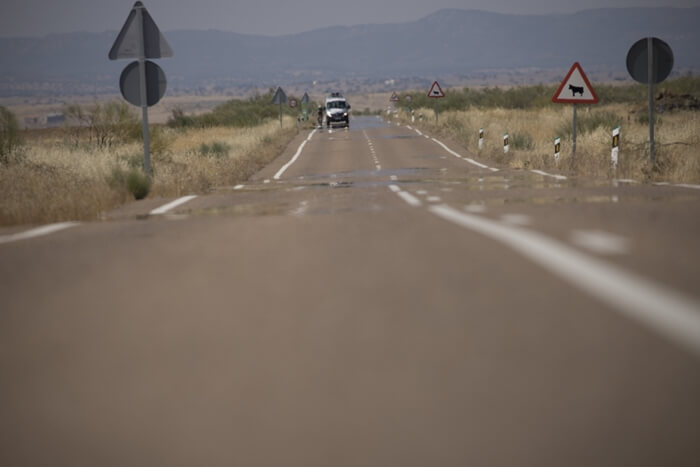


Support Team
While the media is mostly just about the athletes, in ultracycling reality the racing is much more about support teams, support vehicles and the organization of problem solving . In the supported area, each athlete or team has their own support team that constantly ensures that downtime is kept to a minimum, communicates with the race organizer and enables cycling to take as few breaks as possible.
Logistics
In ultra cycling races, athletes often sit in the saddle for days, usually only stopping for a few short power naps. Part of the crew sits in the so-called “follow vehicle” and usually drives directly behind the athlete. The part of the team that is not deployed in the follow vehicle travels in a second vehicle, which is usually a motorhome. The support team is therefore always on the move and basically has to provide itself with sleep and food. An ultracycling race is also an enormous strain for the team, but also a great adventure in which it is possible to cross the world with completely different eyes.
Follow vehicle
The real work of the team takes place in the follow vehicle: The team ensures that the athlete is always fed, and when changing bikes, they switch between a time trial bike and a mountain bike works smoothly and the athlete can change clothing quickly if necessary. The crew in the support vehicle takes over communication with the race management and navigates the athlete via radio through the traffic on the route currently being driven. The route may change during the race due to construction sites, road closures or storms. The team also makes race strategy decisions, reacts to unexpected circumstances and, among many other processes, writes live tickers for social media or creates films and photos.
Shift change
The part of the team that is not directly involved in supporting the athlete in a second vehicle usually covers hundreds of kilometers until the next shift change. During this time, shopping is done, solutions to unexpected problems are found and, above all, sleep is collected as much as possible. There's something like an adventure holiday when the follow vehicle emerges from the darkness in the middle of the night with loud music and blinding headlights and drives hundreds of kilometers through the landscape every day.
Passion and passion
Passion and passion are the basis of a well-functioning team. During the race, the team not only gets impressions from other countries with a view from different eyes, but also moments in which the team reaches its limits. Ultracycling creates valuable life experiences, sporting success, friendships and the experience of working together as a team to bring a project to its goal.